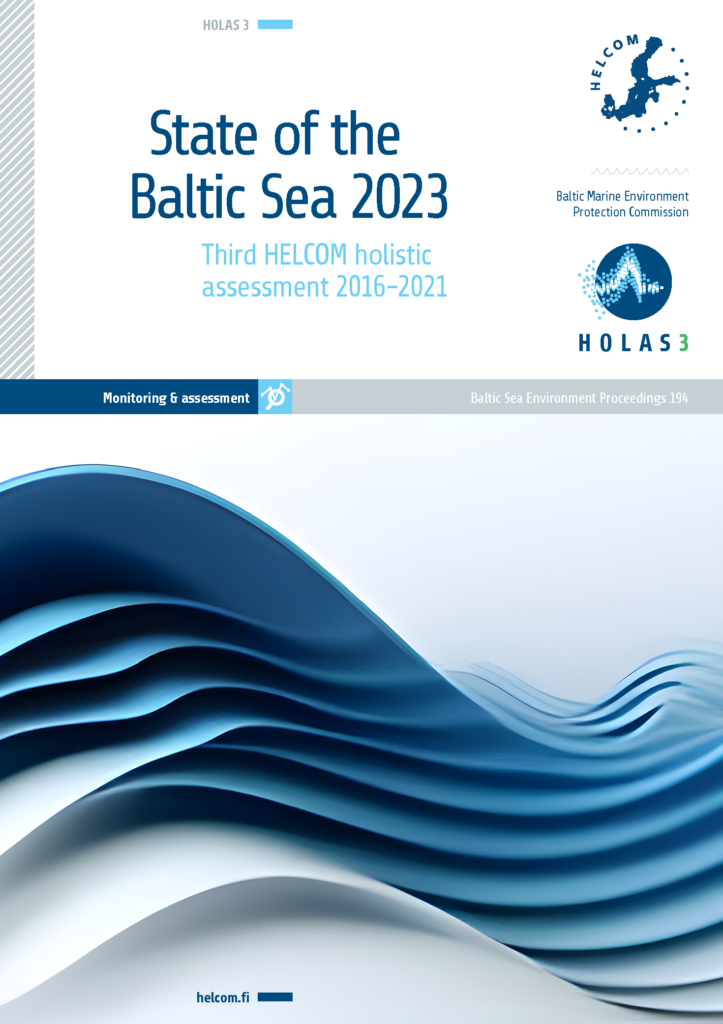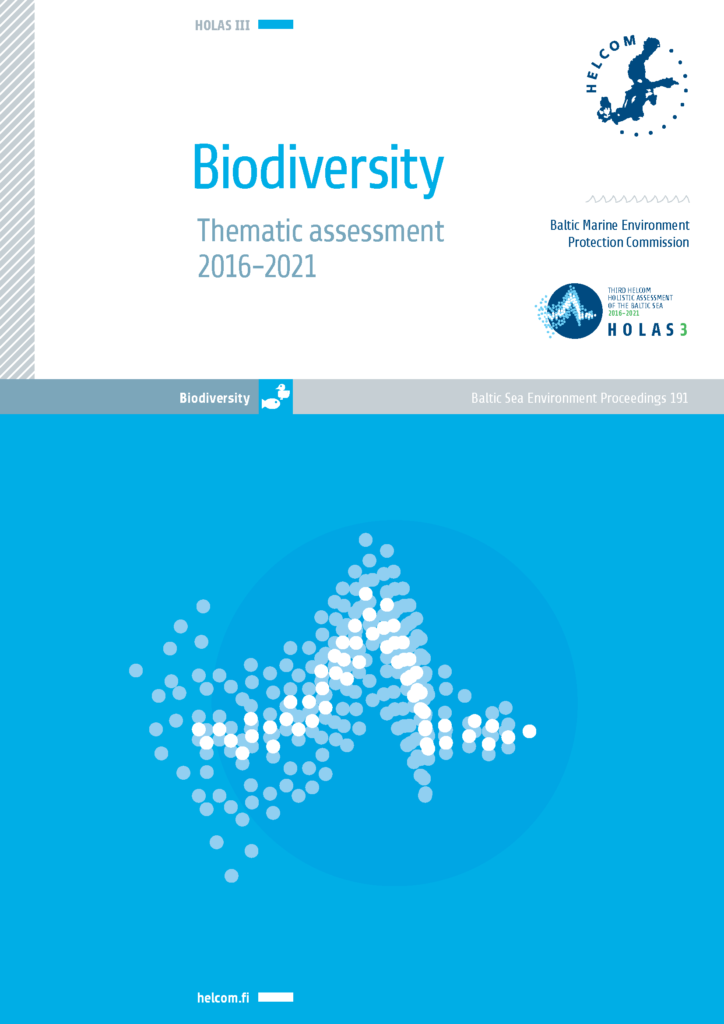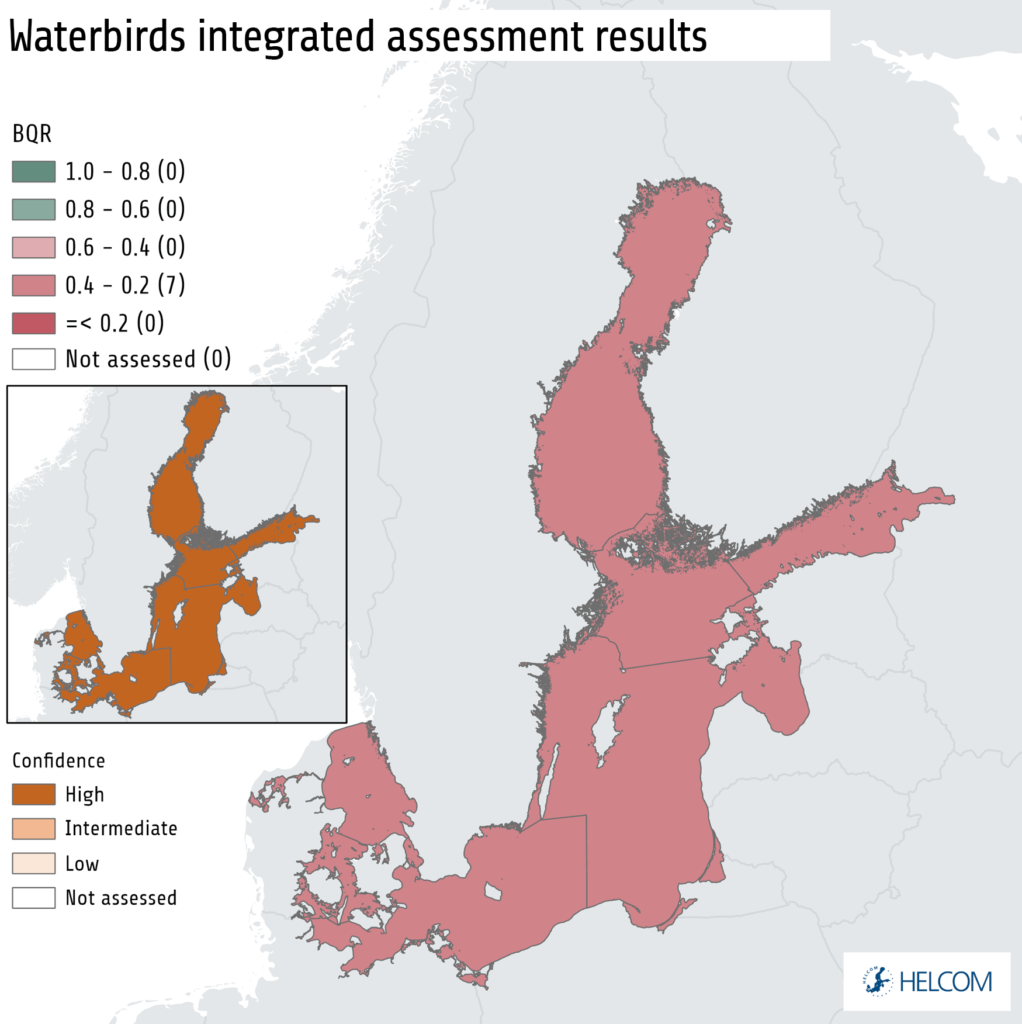WATERBIRDS
The status of waterbirds
The overall status of waterbirds (Figure 3.10) is assessed as not good, although there is variability between groups with different feeding behaviour. Benthic feeders and waders do not have good status in any part of the region, while surface feeders have good status only in the Gulf of Bothnia. Grazing feeders do not have good status in the Kattegat, the Northern Baltic Proper, or the Åland Sea. Pelagic feeders have good status in several sub-basins. Many bird species characteristic of the Baltic Sea have decreased in abundance over the past decades, such as the pelagic-feeding great black-backed gull (Larus marinus) and the velvet scoter (Melanitta fusca), while a smaller number of species have increased, such as the greylag goose (Anser anser).
Why is this important?
Waterbirds are an integral part of the Baltic marine ecosystem, and their feeding behaviour also plays an important role in linking different parts of the ecosystem
Waterbirds are a diverse group with various ecosystem functions. For example, they are predators of fish and macroinvertebrates, scavengers and herbivores.
Waterbirds are unique in that they connect aquatic ecosystems with terrestrial ecosystems. Their long-distance migrations link the Baltic Sea with other marine regions.

State of the Baltic Sea 2023 — The third HELCOM holistic assessment (HOLAS 3)
State of the Baltic Sea 2023 is a synthesis report that builds on, and integrates, results from a wide range of assessment products produced within the third HELCOM holistic assessment. Its role is to link information from the underpinning assessment products together, thus highlighting the holistic aspects. With this in mind, the summary report focuses on presenting the results and on an in-depth look at why we are seeing these results, providing over-arching context and analysis. The report helps develop a clearer picture of where we are and how things are connected, supporting coordinated and effective measures to strengthen the Baltic Sea environment.

Thematic assessment
Biodiversity
The thematic assessment report on the biodiversity status of the Baltic Sea (HELCOM 2023a) presents results from status assessments relating to biodiversity, based on HELCOM indicators, integrated assessments and regionally agreed data for the years 2016-2021. The assessment reveals improvements in spatial coverage compared to HOLAS II (2011-2016), incorporates new indicators and introduces novel topics. For the first time, trends for indicators and assessment results are compared across assessment periods.
However, further work remains to fill gaps in spatial coverage, improve precision of HELCOM indicators and to strengthen relevance to ecosystem-based management.

